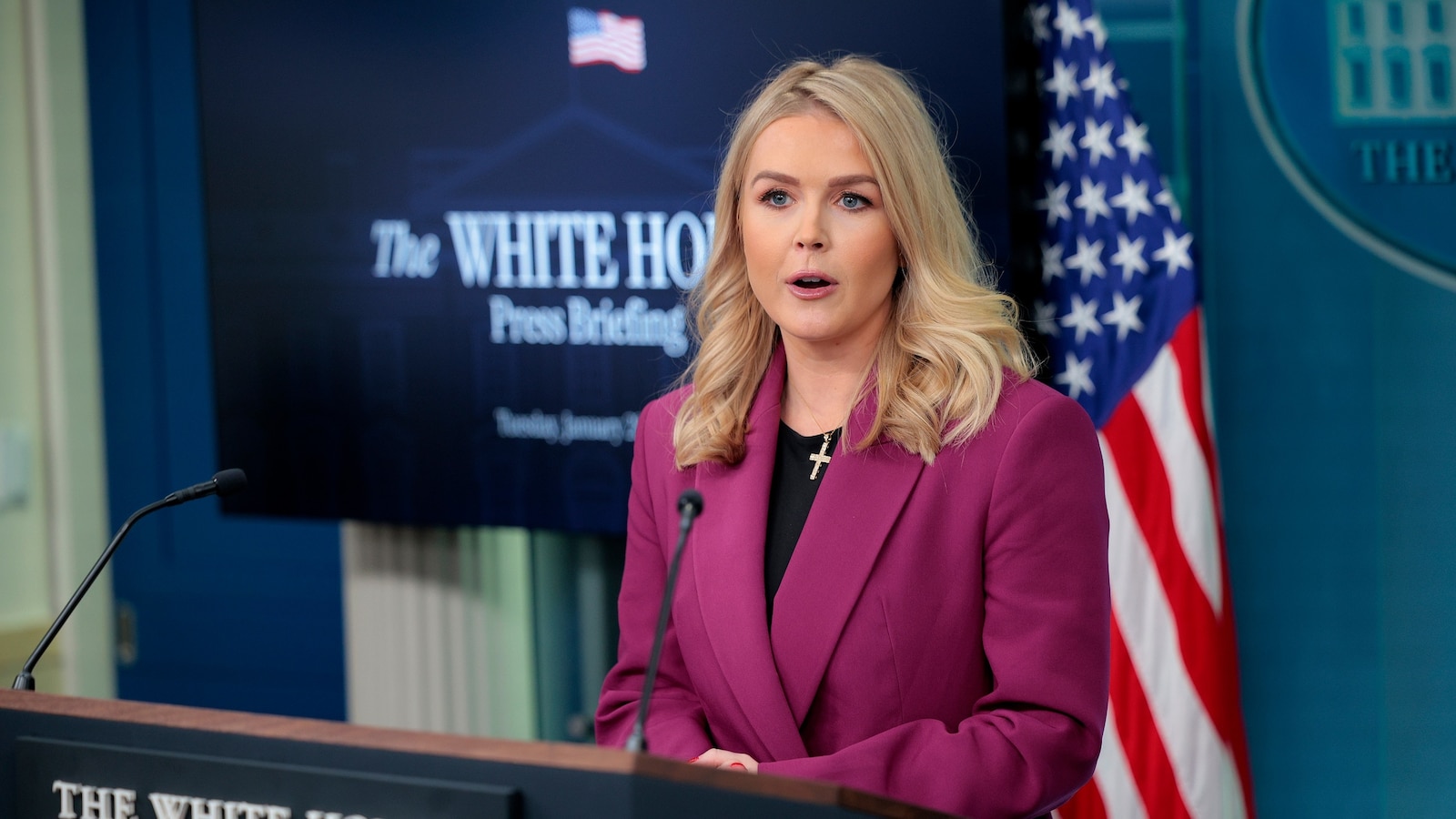FAA’s New Drone Authorization: A Paradigm Shift in Aerial Regulation
In a significant development for the aviation industry, President Donald Trump unveiled the Federal Aviation Administration’s (FAA) new drone authorization during his first press briefing. This announcement, made in New Jersey, is poised to be a game-changer in the realm of aerial technology and regulation. The implications of this policy shift are vast, as it could redefine the landscape of drone usage throughout the United States.
Understanding the FAA’s New Drone Authorization
The FAA’s recent authorization allows for expanded drone operations in New Jersey, marking a pivotal moment in the integration of drones into the national airspace system. This policy is part of the FAA’s broader efforts to modernize air traffic control and accommodate the growing use of drones across various sectors.
According to the FAA, the new regulations are designed to facilitate the safe integration of unmanned aircraft systems (UAS) into the airspace while ensuring the safety of manned aircraft. The authorization allows for:
- Increased Operational Flexibility: Drones can now be used for a wider range of applications, including commercial deliveries, agricultural monitoring, and emergency response.
- Enhanced Safety Protocols: The FAA has established new guidelines to ensure that drone operators adhere to safety standards, reducing the risk of accidents.
- Improved Data Collection: Drones can now be utilized in research and data collection efforts, leading to advancements in various fields such as environmental science and urban planning.
A Closer Look at the Implications
With the FAA’s new drone authorization, several industries stand to benefit significantly. Here are some key areas where this policy could have a transformative impact:
1. Commercial Delivery Services
One of the most anticipated applications of drone technology is in the realm of commercial deliveries. Companies like Amazon and Google have long been testing drone delivery systems, and the FAA’s new regulations provide a clearer path for these services to be rolled out on a larger scale. This could lead to:
- Faster delivery times for consumers.
- Reduced delivery costs for businesses.
- Lower carbon footprints due to fewer delivery vehicles on the road.
2. Emergency Services
Drones have proven invaluable in emergency situations, providing quick assessments and delivering supplies in hard-to-reach areas. The FAA’s authorization allows for:
- Rapid response to natural disasters, such as hurricanes and floods.
- Enhanced search and rescue operations.
- Real-time monitoring of hazardous situations, improving decision-making for first responders.
3. Agriculture and Environmental Monitoring
Drones equipped with advanced sensors can revolutionize agricultural practices and environmental monitoring. The new FAA guidelines enable farmers and researchers to:
- Conduct aerial surveys of crops, identifying issues such as pests or water shortages.
- Monitor wildlife and natural habitats more effectively.
- Collect data for research on climate change and its impacts.
Challenges Ahead
Despite the exciting prospects of the FAA’s new drone authorization, several challenges remain. As drone technology evolves, so too do concerns about safety, privacy, and regulatory compliance. Key challenges include:
1. Airspace Management
Integrating drones into the national airspace requires sophisticated air traffic management systems. The FAA is working on solutions, but the complexity of managing both manned and unmanned aircraft poses significant hurdles.
2. Privacy Concerns
As drones become more prevalent, concerns about surveillance and data privacy will intensify. It’s essential for regulators to establish clear guidelines that protect citizens’ privacy while allowing for the innovative use of drone technology.
3. Public Perception
Public acceptance of drones is crucial for their widespread adoption. Addressing safety concerns and educating the public on the benefits of drone technology will be essential in overcoming skepticism.
Looking Towards the Future
The FAA’s new drone authorization is a promising step towards a future where drones play a vital role in everyday life. As technology advances and regulations adapt, we can expect to see drones in various sectors, from package delivery to environmental monitoring. Here are some potential future developments:
- Increased Autonomy: Future drones may operate with greater autonomy, utilizing advanced AI to navigate and perform tasks without human intervention.
- Expanded Use Cases: Beyond commercial and emergency applications, drones could be used in tourism, real estate, and entertainment.
- Global Standards: As countries around the world look to regulate drone usage, international standards may emerge, facilitating cross-border drone operations.
Conclusion
The FAA’s new drone authorization is not just a regulatory change; it’s a forward-thinking initiative that recognizes the transformative potential of drone technology. As President Trump highlighted in his press briefing, this move could reshape the landscape of aerial technology and regulation in the United States. With the right balance of innovation and regulation, the sky is truly the limit for the future of drones.
As stakeholders from various industries prepare to harness the power of drones, ongoing dialogue and collaboration among regulators, businesses, and the public will be essential. This is an exciting time for technology, and the FAA’s new drone authorization could very well be the catalyst for a new era in aerial operations.
See more Future Tech Daily

